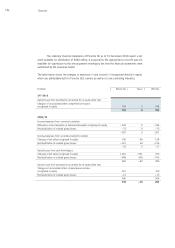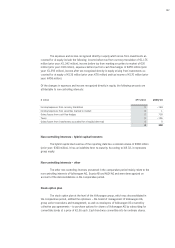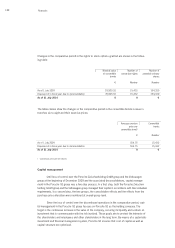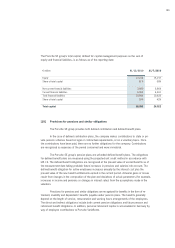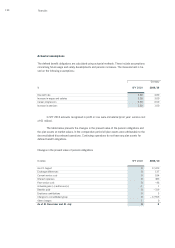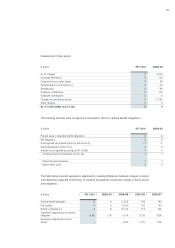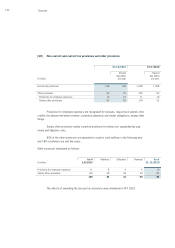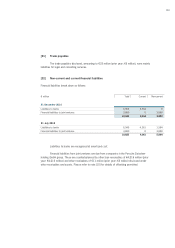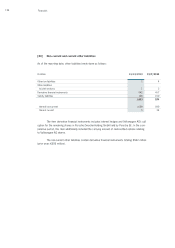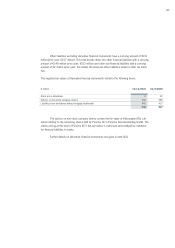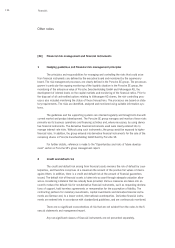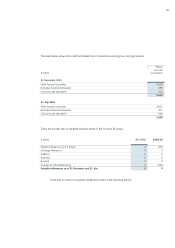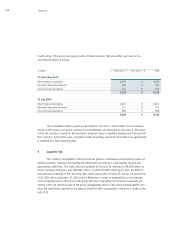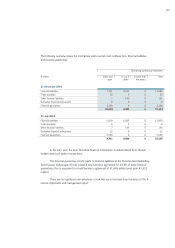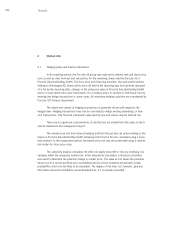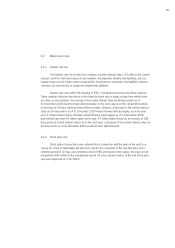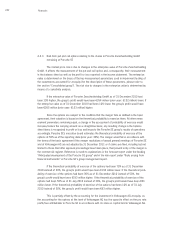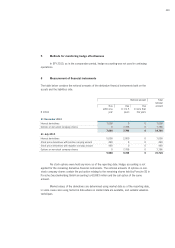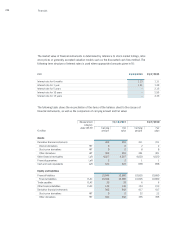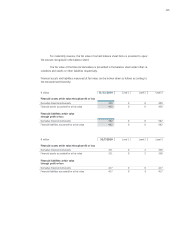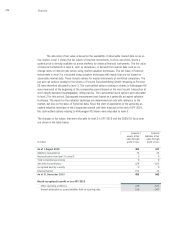Porsche 2010 Annual Report Download - page 198
Download and view the complete annual report
Please find page 198 of the 2010 Porsche annual report below. You can navigate through the pages in the report by either clicking on the pages listed below, or by using the keyword search tool below to find specific information within the annual report.Financials
196
[24] Financial risk management and financial instruments
1 Hedging guidelines and financial risk management principles
The principles and responsibilities for managing and controlling the risks that could arise
from financial instruments are defined by the executive board and monitored by the supervisory
board. The risk management processes are clearly defined in the Porsche SE group. The processes
govern in particular the ongoing monitoring of the liquidity situation in the Porsche SE group, the
monitoring of the enterprise value of Porsche Zwischenholding GmbH and Volkswagen AG, the
development of interest levels on the capital markets and monitoring of the financial ratios. Prior to
the disposal of all cash-settled options relating to Volkswagen AG shares, the risk controlling proc-
esses also included monitoring the status of these transactions. The processes are based on statu-
tory requirements. The risks are identified, analyzed and monitored using suitable information sys-
tems.
The guidelines and the supporting systems are checked regularly and brought into line with
current market and product development. The Porsche SE group manages and monitors these risks
primarily via its business operations and financing activities and, where necessary, by using deriva-
tive financial instruments. The derivative financial instruments used were mainly entered into to
manage interest rate risks. Without using such instruments, the group would be exposed to higher
financial risks. In addition, the group entered into derivative financial instruments for the sale of the
remaining shares in Porsche Zwischenholding GmbH held by Porsche SE.
For further details, reference is made to the “Opportunities and risks of future develop-
ment” section in Porsche SE’s group management report.
2 Credit and default risk
The credit and default risk arising from financial assets involves the risk of default by coun-
terparties, and therefore comprises at a maximum the amount of the positive fair values of claims
against them. In addition, there is a credit and default risk at the amount of financial guarantees
issued. The default risk of financial assets is taken into account through adequate valuation allow-
ances considering collateral that has already been provided. Various measures are taken into ac-
count to reduce the default risk for non-derivative financial instruments, such as requesting declara-
tions of support, hold harmless agreements or remuneration for the assumption of liability. The
contracting partners for monetary investments, capital investments and derivative financial instru-
ments are German and, to a lesser extent, international counterparties. Derivative financial instru-
ments are entered into in accordance with standardized guidelines, and are continuously monitored.
There are no significant concentrations of risk that are not evident from the notes to the fi-
nancial statements and management report.
Any non-significant classes of financial instruments are not presented separately.
Other notes


